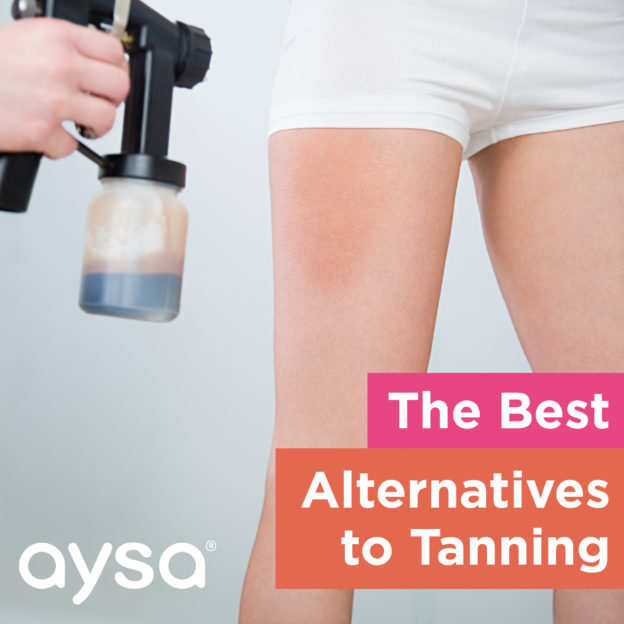ROCHESTER, NY (April 24, 2019)
In a survey of more than 1,500 U.S. millennials, 7 in 10 say skin damage is a significant concern for them. Yet when it comes to skin care and sun precautions, their everyday practices suggest a different attitude. A new poll sponsored by the developers of Aysa, an artificial intelligence-driven symptom checker app, aimed to uncover millennial attitudes and habits when it comes to protecting their skin – and here’s what it found.
Although 70% of millennials surveyed say they are concerned about skin damage from the sun, only 14% use sunscreen every day – despite the fact that sunscreen is widely known to be the best protector against the sun’s ultraviolet (UV) rays. According to the American Academy of Dermatology (AAD), sunscreen should be used every day, even if it is cloudy, as 80 percent of the sun’s rays can penetrate skin on those days. Nevertheless, 4 in 10 millennials surveyed only used sunscreen when they expected to be spending time in the sun. Fortunately, when millennials do use sunscreen, 78% use sunscreen with a sun protection factor (SPF) of 30 or higher (as recommended by the AAD).
“Dermatologists are seeing a concerning rise in skin cancer among young people and continued lack of precaution,” says Dr. Art Papier, dermatologist and CEO of Aysa’s parent company, VisualDx. “Skin cancer is the most common cancer in the United States, and melanoma rates continue to increase rapidly.” In fact, 1 in 5 Americans will be diagnosed with skin cancer in their lifetime, and men and women with a history of nonmelanoma skin cancer are at a higher risk of developing melanoma.
While 25% of millennials surveyed acknowledged a family history of skin cancer, of this group, 43% have never seen a dermatologist for a routine checkup. This is concerning because, as Dr. Papier notes, “Individuals, regardless of age, with a family history of skin cancer should be evaluated by a dermatologist and then see a dermatologist yearly for a full body scan if their risk profile is high.”
In 2017, the average wait time in metro areas to see a dermatologist for a routine skin exam was 32 days, which could explain why millennials – even those with a family history of skin cancer – are not making appointments with dermatologists. “Access is a concern in the field of dermatology,” Papier adds.
Of the millennials surveyed, 45% noted that they are prone to develop freckles and moles from sun exposure. This is a risk factor for skin cancer, and yet nearly 20% of these respondents said they do not know what an abnormal freckle or mole looks like. “Part of the reason for developing Aysa was to give individuals tools for understanding their skin issues at home,” explains Dr. Papier.
Users of the Aysa app can take or select a picture of a rash or skin lesion, and through machine learning and artificial intelligence, Aysa is able to analyze the photo and provide guidance on next steps, whether trying an over-the-counter cream or ointment, making an appointment with a dermatologist, or seeking immediate medical attention from an emergency room. Dr. Papier says, “We want to do a better job of educating people to help them make good health decisions.”
Survey Methodology
The findings are based on a Pollfish survey of more than 1,500 millennials in the United States.









